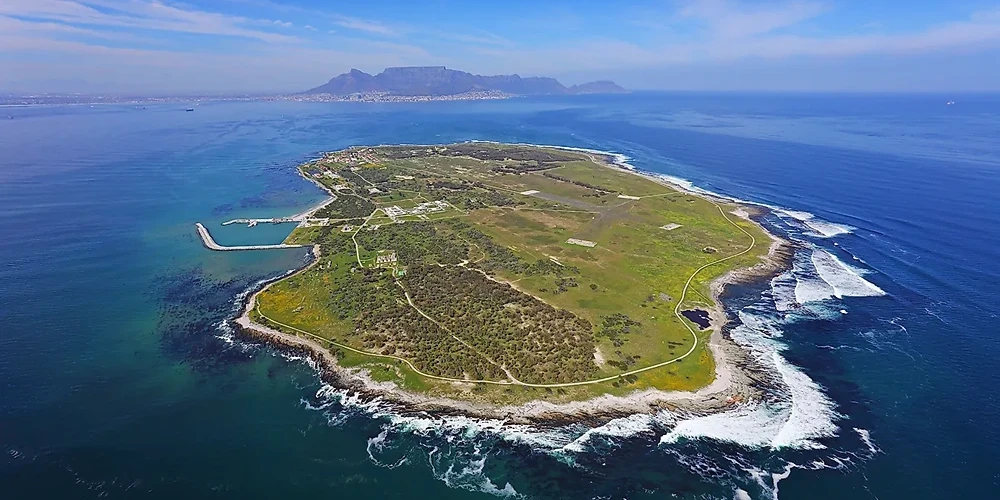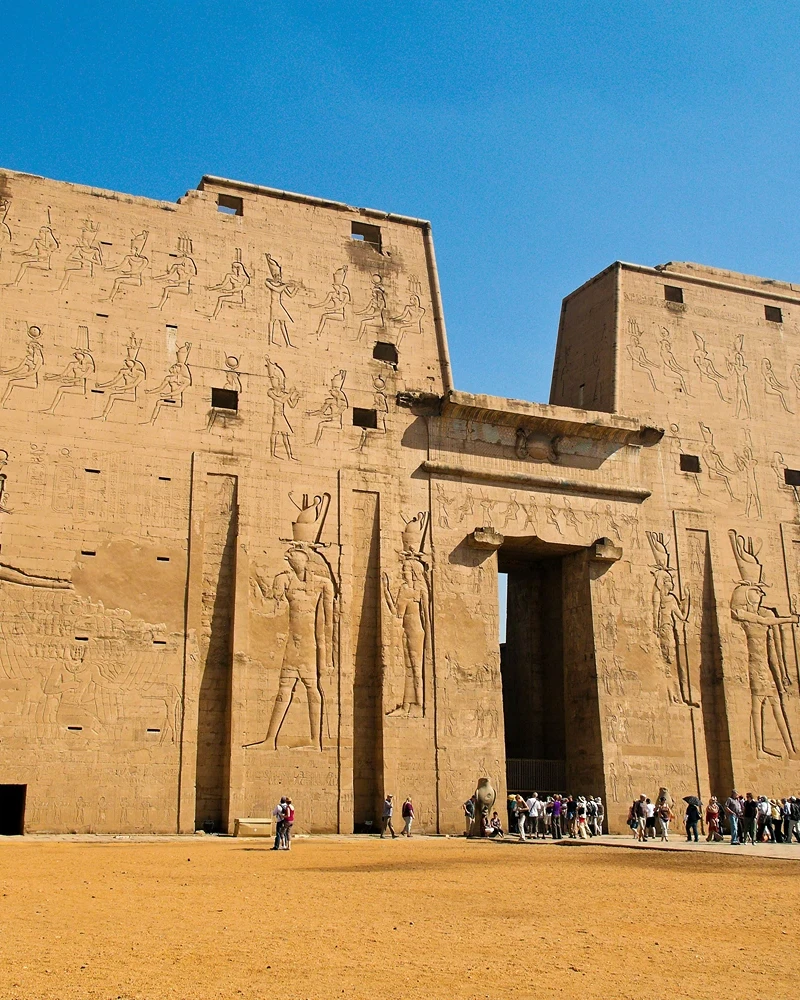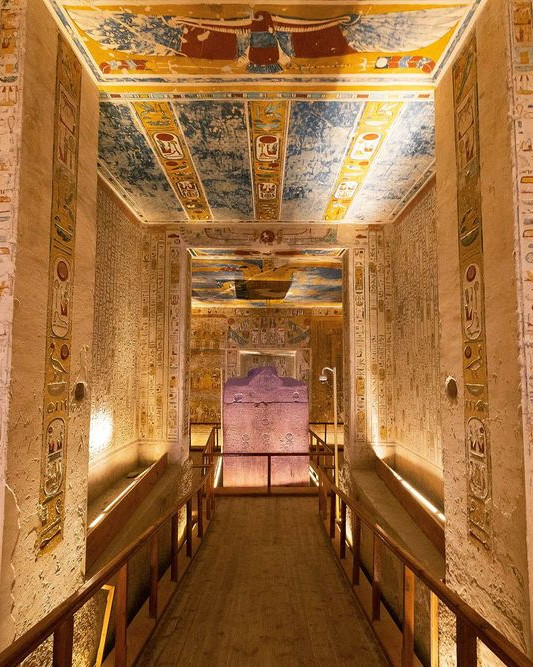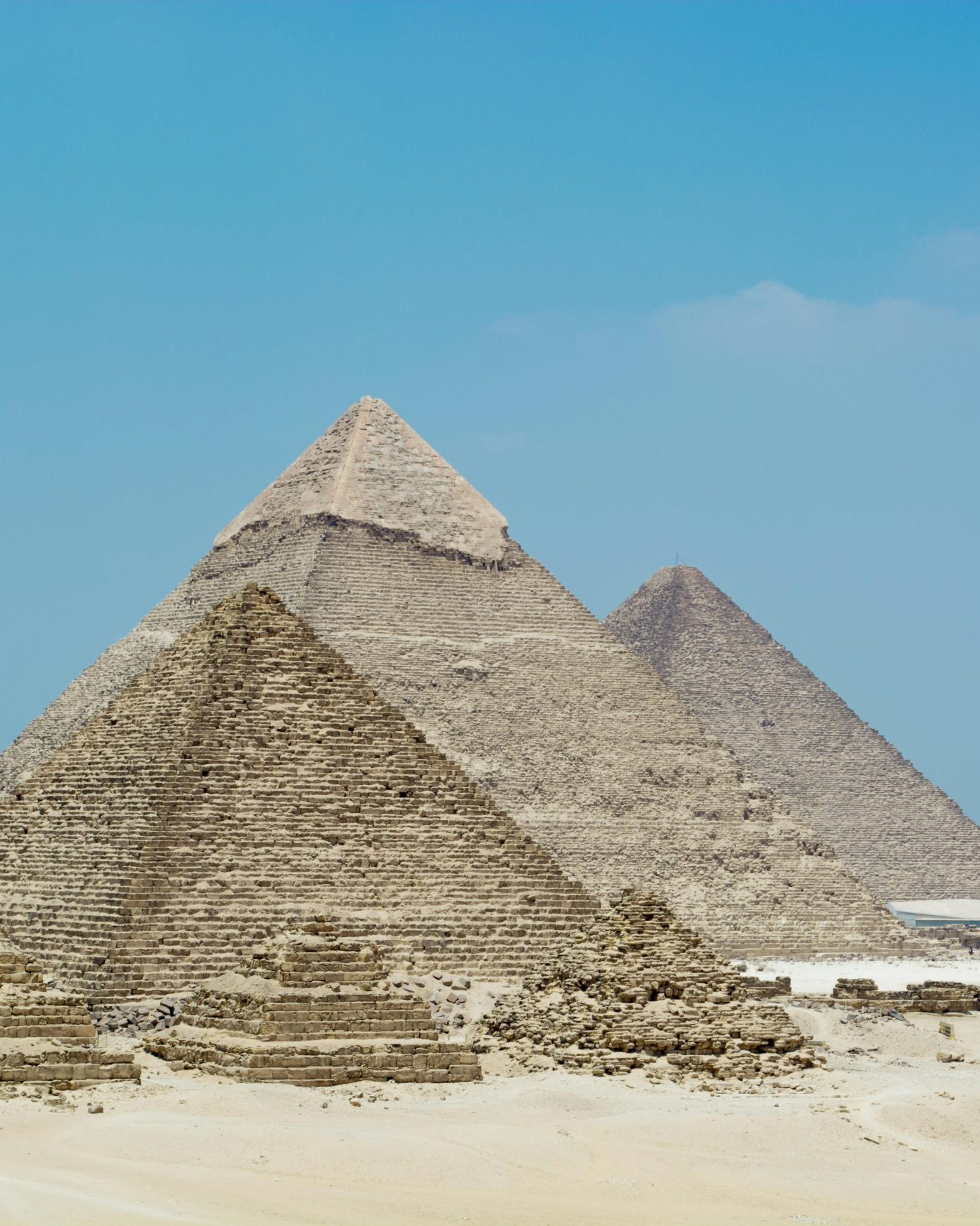Is it possible that a small island off the coast of Cape Town holds the key to understanding a nation’s fight for freedom? Robben Island, with its nearly 400-year history, indeed does. From a prison for political prisoners like Nelson Mandela to a UNESCO World Heritage Site, this island symbolizes resilience and the triumph of the human spirit. Dive into its rich tapestry of history, and uncover the profound significance that makes Robben Island stand as a testament to human determination and dignity.
History and Significance of Robben Island
Robben Island’s history spans nearly 400 years, marked by its use as a prison, leper colony, and mental hospital. The island served as a place of isolation, banishment, and exile, starting as early as the 17th century when it was used to detain political prisoners, slaves, and other outcasts. During the 19th and early 20th centuries, it became a leper colony, housing individuals afflicted with leprosy in harsh and isolated conditions. Later, it functioned as a mental hospital, continuing its legacy of confinement.
The island’s role during the apartheid era is particularly significant. It housed many political prisoners, including Nelson Mandela, who spent 18 of his 27 years of incarceration there. Ahmed Kathrada, another key figure in the anti-apartheid movement, was also imprisoned on Robben Island. The prison became a symbol of the struggle against apartheid, representing the resilience and determination of those who fought for freedom and equality. The harsh conditions and forced labor in the limestone quarry where prisoners toiled are stark reminders of the island’s brutal past.
Robben Island was declared a UNESCO World Heritage Site in 1999, underscoring its global historical and cultural significance. This designation highlights its importance as a symbol of the triumph of the human spirit over adversity. The island stands approximately 30 meters above sea level, providing a stark and solemn reminder of the injustices faced by those who were confined there. Its status as a World Heritage Site ensures its preservation and continued education for future generations about the struggles and victories of the anti-apartheid movement.
Key Historical Milestones Related to Robben Island:
- 17th Century: Used as a detention center for political prisoners and slaves.
- 19th & Early 20th Century: Functioned as a leper colony and mental hospital.
- 1964: Nelson Mandela and other anti-apartheid activists imprisoned.
- 1991: Closed as a prison and transformed into a museum.
- 1999: Declared a UNESCO World Heritage Site.
Visitor Information: Tours and Ticketing for Robben Island
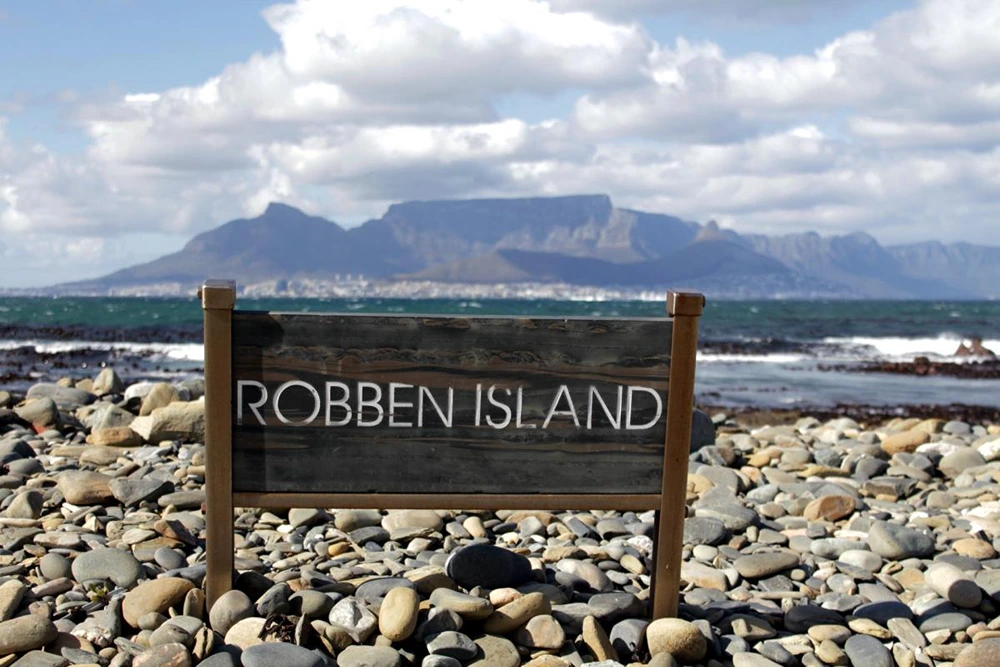
Visitors can take guided tours of Robben Island, which typically last about 3.5 hours, including ferry rides to and from the island. The ferry departs from the V&A Waterfront in Cape Town, taking approximately 30-40 minutes each way, depending on sea conditions. The tour covers several significant historical sites on the island, providing an insightful look into its past. It is advisable to book tickets in advance, especially during peak tourist seasons, to secure a spot and avoid long queues.
The tour includes visits to key attractions such as the Maximum Security Prison, where Nelson Mandela was incarcerated, and the lime quarry where prisoners were subjected to hard labor. Other notable sites include Robert Sobukwe’s House and the island’s museum, which houses various educational exhibits. These sites collectively offer a comprehensive understanding of the island’s historical significance, especially during the apartheid era.
Practical advice for booking tickets includes checking availability online and planning your visit to coincide with less busy periods if possible. Adult tickets are priced at approximately 600 ZAR, while children’s tickets cost around 310 ZAR. It is recommended to arrive at least 15 minutes before the ferry departure to account for security checks and boarding procedures. Peak seasons, particularly from November to March, see higher demand, so early booking is crucial.
Main Attractions Included in the Robben Island Tour:
- Maximum Security Prison
- Lime Quarry
- Robert Sobukwe’s House
- Island Museum
- Educational Exhibits
| Ticket Type | Price |
| Adult Ticket | 600 ZAR |
| Child Ticket | 310 ZAR |
Transportation to Robben Island
The ferry to Robben Island departs from the Nelson Mandela Gateway at the V&A Waterfront in Cape Town. The ferry ride takes approximately 30-40 minutes each way, depending on sea conditions. Passengers should arrive at least 10-15 minutes before departure due to potential queues and a security checkpoint. It’s recommended to book ferry tickets at least two days in advance, especially during peak tourist seasons from November to March. The ferry schedule is subject to change based on weather and sea conditions, so checking the latest schedule on the day of travel is advisable.
Booking the ferry and ensuring a smooth travel experience involves a few practical steps. During peak seasons, tickets can sell out quickly, so advance booking is crucial. On the day of travel, ensure you have a printout or digital copy of your booking confirmation. Dress appropriately for the weather, as conditions can be unpredictable both on the ferry and on the island. Bringing a light jacket is advisable. Snacks and water are also recommended, although facilities are available on the island.
Key Tips for Taking the Ferry to Robben Island:
- Book tickets at least two days in advance during peak season.
- Arrive 10-15 minutes early for security checks and boarding.
- Check the latest ferry schedule on the day of travel.
- Dress appropriately for varying weather conditions.
Key Landmarks and Attractions on Robben Island
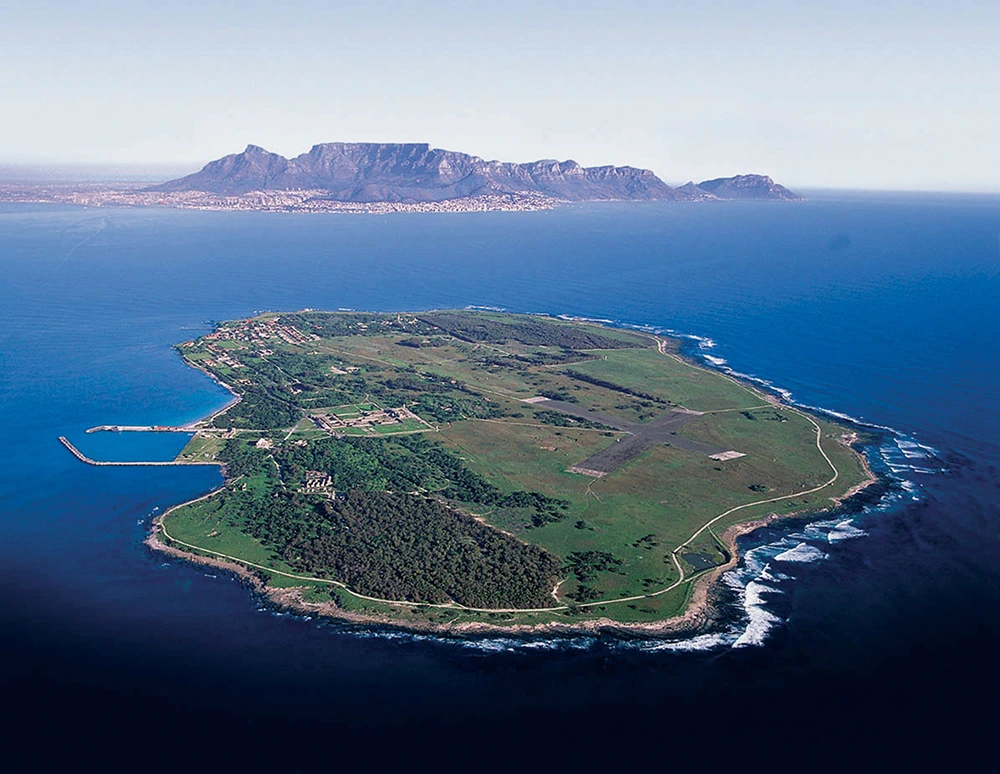
Exploring the key landmarks on Robben Island offers a powerful insight into its historical significance and the enduring legacy of its most notable prisoners. Each site on the island encapsulates a different aspect of its multifaceted past, from its days as a place of exile to its pivotal role during the apartheid era. Visitors gain a compelling understanding of the island’s history through these landmarks.
Key Landmarks to Visit on Robben Island:
- Maximum Security Prison
- Limestone Quarry
- Robert Sobukwe’s House
- Island Museum
- Lighthouse
- Educational Exhibits
| Landmark | Description |
| Maximum Security Prison | Where Nelson Mandela was incarcerated. |
| Limestone Quarry | Where prisoners worked. |
| Museum | Educational exhibits and historical details. |
Each landmark on Robben Island holds profound historical importance. The Maximum Security Prison, where Nelson Mandela was held for 18 of his 27 years of imprisonment, stands as a symbol of the struggle against apartheid. The limestone quarry, where Mandela and other prisoners were forced into hard labor, serves as a poignant reminder of the harsh conditions they endured. Robert Sobukwe’s House offers insight into the isolation experienced by one of apartheid’s fiercest opponents. The museum on the island provides educational exhibits and detailed accounts of its history, enhancing the visitor experience. The lighthouse, another point of interest, stands as a beacon of hope and resilience. Touring these sites allows visitors to immerse themselves in the poignant stories of those who fought for freedom and equality, making Robben Island a site of profound educational and historical value.
Robben Island’s UNESCO World Heritage Status
Robben Island was declared a UNESCO World Heritage Site in 1999. What makes a site a UNESCO World Heritage Site? It must meet criteria of outstanding universal value, including cultural, historical, and social significance. Robben Island’s designation underscores its pivotal role in South Africa’s history, particularly during the apartheid era. The island served as a place of imprisonment for political prisoners, including Nelson Mandela, and symbolizes the enduring struggle for freedom and human rights.
4 Reasons Why Robben Island Was Designated a UNESCO World Heritage Site:
- Historical Significance: Central role in South Africa’s history, especially during apartheid.
- Cultural Importance: Symbolizes the triumph of the human spirit over adversity.
- Educational Value: Provides insight into the harsh conditions and resilience of political prisoners.
- Global Recognition: Represents universal values of freedom and equality.
Robben Island’s UNESCO status also emphasizes its educational importance. Visitors gain a comprehensive understanding of the island’s past, the resilience of its prisoners, and the broader implications for human rights globally. This recognition ensures the preservation of the site, enabling future generations to learn about and reflect on the injustices and triumphs associated with it.
Practical Tips for Visiting Robben Island
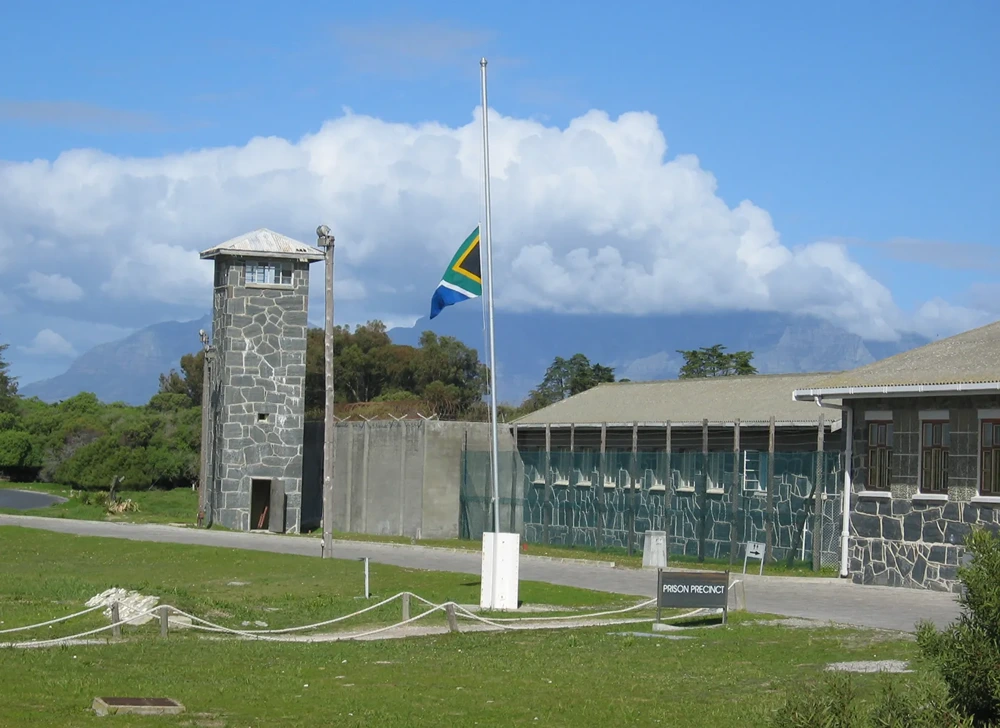
Robben Island offers essential amenities to ensure a comfortable visit. Facilities include restrooms, a café, and a gift shop. Guided tours are available and cover significant historical sites on the island. To make the most of your visit, book tickets in advance due to high demand, especially during peak seasons. The overall visit, including the ferry ride and tour, takes several hours, so plan accordingly.
5 Practical Tips for Visiting Robben Island:
- Book tickets in advance, especially during peak tourist seasons.
- Arrive at least 15 minutes before the ferry departure for security checks.
- Wear comfortable clothing and bring a light jacket for unpredictable weather.
- Carry water and light snacks, although a café is available on the island.
- Check the ferry schedule on the day of your visit for any changes.
Advance booking is crucial as tickets can sell out quickly. The ferry departs from the V&A Waterfront in Cape Town, so arriving early helps avoid long queues and ensures a smooth boarding process. Dress in layers to adjust to changing weather conditions, and consider bringing essentials like water and snacks to stay refreshed during the tour.
Finally, keeping an eye on the ferry schedule on the day of your visit can prevent any last-minute hassles. The guided tours provide a comprehensive overview of the island’s history, making it a deeply enriching experience. Proper planning and preparation will enhance your visit to this historically significant site.
Final Words
Exploring Robben Island reveals its rich history and cultural significance.
From its multifaceted past as a prison and leper colony to its pivotal role during apartheid, the island tells a compelling story. Visitor information, including tours and ticketing, practical tips for travel, and key landmarks, ensures an enriching experience.
Robben Island’s UNESCO World Heritage status underscores its global importance.
Providing a poignant reminder of human resilience, it stands as a symbol of triumph over adversity. Visiting Robben Island offers a journey through history and a deeper understanding of its impactful legacy.
FAQ
What is Robben Island famous for?
Robben Island is famous for its history as a political prison where Nelson Mandela was incarcerated during the apartheid era. It symbolizes the struggle for freedom and human rights in South Africa.
Are there still prisoners on Robben Island?
No, there are no longer any prisoners on Robben Island. The prison was closed in 1996 and the island is now a museum and UNESCO World Heritage Site.
Does anyone stay on Robben Island?
Robben Island has no permanent residents other than some maintenance staff and tour guides. Visitors and staff commute daily via ferry from Cape Town.
Why is Robben Island called an Island?
Robben Island is called an island because it is surrounded by water and located approximately 7 kilometers off the coast of Cape Town, South Africa.
Is Robben Island like Alcatraz?
Robben Island and Alcatraz both served as high-security prisons. However, Robben Island’s historical significance is tied to its role in South Africa’s struggle against apartheid, while Alcatraz is known for housing notorious criminals in the U.S.
How do tours and ticketing for Robben Island work?
Visitors can take 3.5-hour guided tours of Robben Island, which include ferry rides from the V&A Waterfront in Cape Town. Tours cover the Maximum Security Prison, the lime quarry, and other historical sites.
What are the main attractions on the Robben Island tour?
- Maximum Security Prison
- Limestone Quarry
- Robert Sobukwe’s house
- Museum
- Lighthouse
How can one plan a visit to Robben Island?
To plan a visit to Robben Island, book tickets in advance, especially during peak season. Tickets are approximately 600 ZAR for adults and 310 ZAR for children. The ferry departs from the V&A Waterfront.
What is the ferry schedule for Robben Island?
The ferry to Robben Island departs from the Nelson Mandela Gateway at the V&A Waterfront. The ride takes about 30-40 minutes. Book at least two days ahead and arrive 10-15 minutes before departure.
What are some key landmarks on Robben Island?
- Maximum Security Prison: Where Nelson Mandela was imprisoned.
- Limestone Quarry: Work site for prisoners.
- Robben Island Museum: Educational exhibits.
- Robert Sobukwe’s house
- Lighthouse
Why is Robben Island a UNESCO World Heritage Site?
Robben Island was declared a UNESCO World Heritage Site in 1999 due to its cultural and historical importance, particularly its role in the struggle against apartheid and the triumph of human spirit over adversity.
What are some practical tips for visiting Robben Island?
- Book tickets in advance.
- Allow several hours for the visit.
- Arrive at least 10-15 minutes before ferry departure.
- Dress for the weather.
- Utilize the restrooms, café, and gift shop on the island.
Top Attractions
Why would an ancient civilization dedicate 180 years to…
Why did the ancient Egyptians choose a secluded desert…
Are the Great Pyramids of Giza merely monumental tombs, or…


